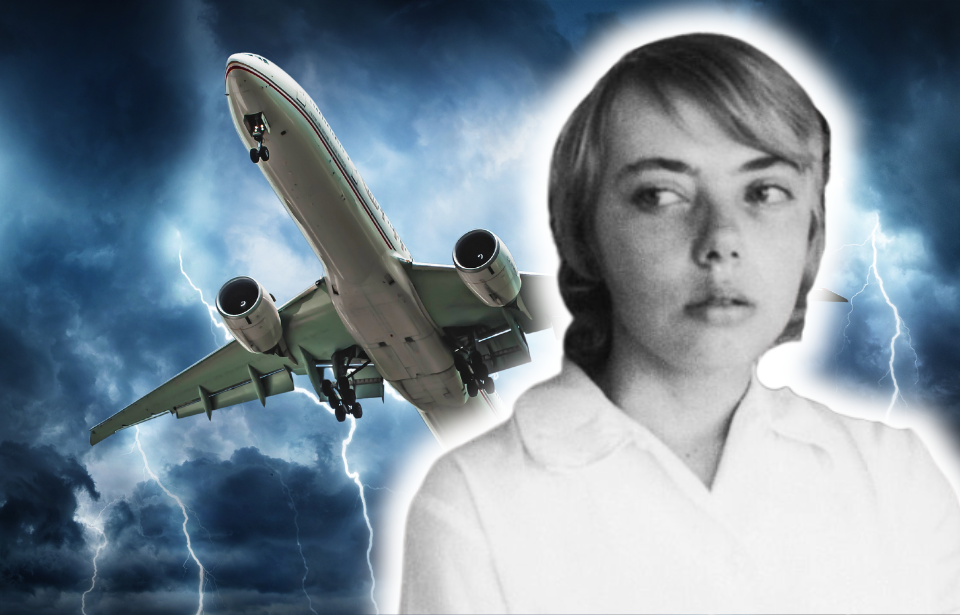Juliane Koepcke is a name to remember. The Peruvian teenager did the impossible when she survived a plane crash that proved fatal for everyone else onboard. What’s more, she survived a freefall from 10,000 feet during the incident, something that would have likely killed anyone else – and did.
LANSA was plagued by accidents
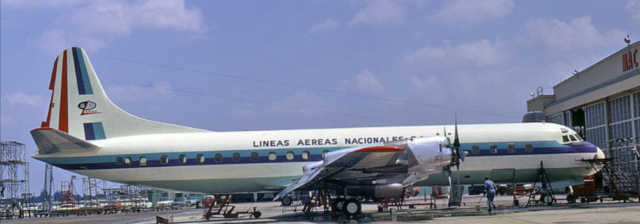
During the late 1960s and the ’70s, the Peruvian national airline Líneas Aéreas Nacionales S.A. (LANSA) was plagued by several accidents that led to the deaths of over 200 people. In 1966, Flight 501 crashed into a mountain, killing all 49 onboard, and less than four years later, Flight 502 suffered a similar fate. Out of 100 people onboard, there was only one survivor. When the plane crash-landed, it took the lives of two more individuals on the ground.
Over the years, the airline operated a number of aircraft, including the Lockheed L-188A Electra and L-749 Constellation. It also traveled to 11 airports – nine in Peru, one in Honduras and one in the United States. Despite LANSA suffering from what can only be described as an increasingly bad reputation, the airline continued to operate into 1971, as it was still the fastest and safest way to travel from one Peruvian city to another.
LANSA Flight 508
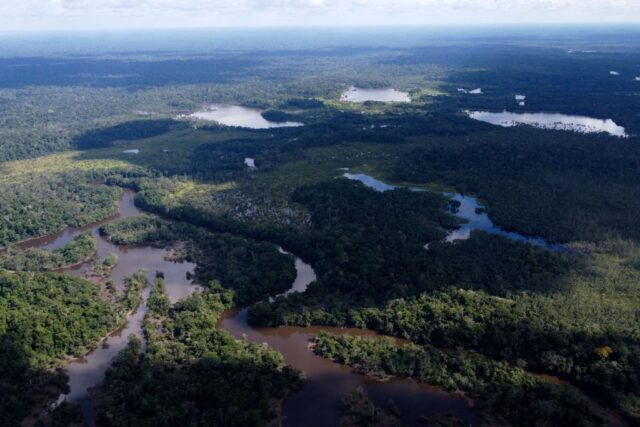
On December 24, 1971, LANSA Flight 508 was scheduled to fly from the capital city of Lima to Pucallpa, in the central region of Peru. It was carrying six crew members and 86 passengers, among them Maria Koepcke and her 17-year-old daughter, Juliane. The pair were headed to Pucallpa to meet up with Maria’s husband and Juliana’s father, Hans-Wilhelm Koepcke, a zoologist who was conducting research in the Amazon.
Just 40 minutes after take-off, the Lockheed L-188A Electra flew into a severe lightning storm. A streak struck the fuel tank and caused the right wing to detach from the hull.
Everyone onboard suddenly became aware that this was the point when a crash was imminent. The plane was going down fast, starting to disintegrate as it came closer to the ground. Finally, after free-falling for 10,000 feet, it crashed in the middle of the merciless Amazon.
Juliane Koepcke was injured, but alive
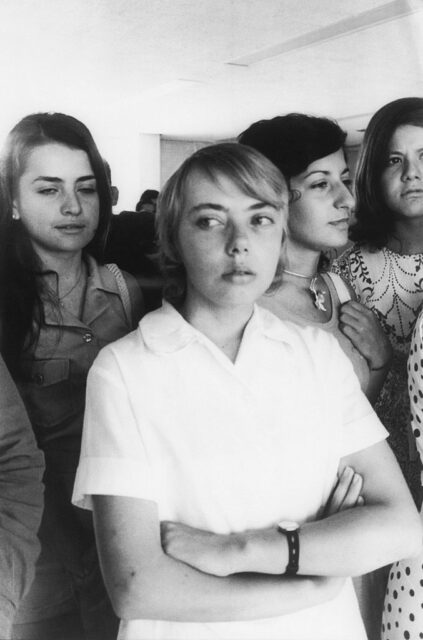
Less than an hour into the journey, Juliane Koepcke found herself the sole survivor of Flight 508. Her heart was still ticking and so was her wristwatch, which read 9:00 AM when she woke up, meaning she’d spent almost a full day unconscious. Even though her life was spared, she was still badly injured; her collarbone was broken, there were deep cuts on her leg and shoulder, and she was suffering from a severe concussion.
As the plane broke apart, the teenage girl, still strapped into her seat, had fallen through the dense canopy of an ancient rainforest that partially broke her fall and onto the ground.
In shock, Juliane took in her surroundings and called out for her mother, but the sounds of the Amazon were all that replied. Nevertheless, the daughter of a zoologist who’d spent a year and a half living at a rainforest research station remembered her training.
Juliane scavenged for food in the wreck, but only found a pack of candies. Since she was short-sighted and had lost her glasses, it was difficult for her to see where she was going. As well, her sight had been damaged by the sudden decompression of the plane’s cabin.
Lone survivor of LANSA Flight 508
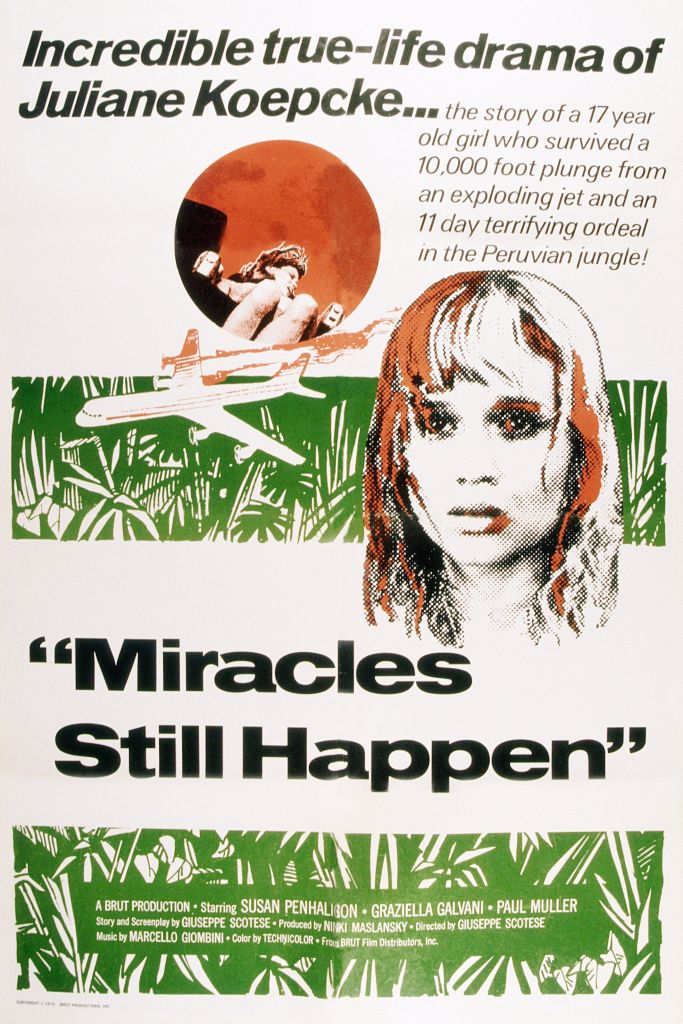
Juliane Koepcke gave up on the notion that her mother had survived the crash after she encountered several corpses scattered around the jungle. Grief-stricken, she had no choice but to continue through the rainforest.
The teenager was plagued by insects and the cut on her arm was getting infected by the botfly maggots that feasted on her while the sun burned down on her skin. Aware the area was probably infested with poisonous snakes, she threw her sandal in front of her to test the ground. While this slowed Juliane down quite a lot, it proved useful, as she encountered no snakes along the way.
Juliane Koepcke tried to find her way back to civilization
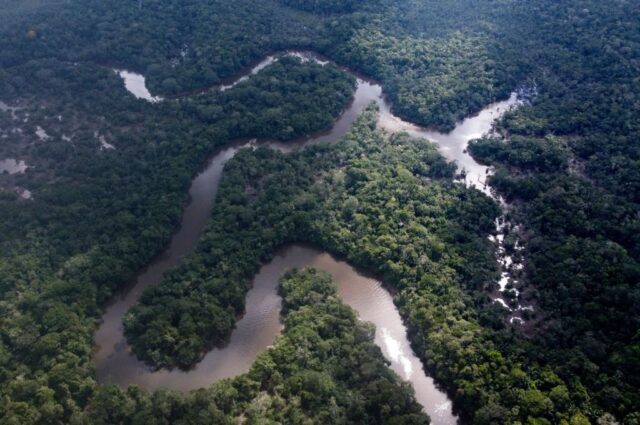
The search party was on its way, but the thick tree canopy meant the ground was barely visible from the air, which left the small aircraft and helicopters useless in their quest for survivors.
The search for a way out led Juliane Koepcke to a small creek. She knew that following it downstream would eventually lead her out of the jungle, so the teenager, despite being injured, continued on for a week and a half, walking alongside the creek, then a larger river. At one point, young Juliane was certain she could walk no more, but, then, a sight appeared, one so amazing that she was sure it was a hallucination.
On the riverbank was a small motorboat with a can of gasoline.
As she’d learned from her father, gasoline was a potent weapon in fighting the flesh-eating maggots. She applied it to her arm and painfully pulled them out of her arm. About an hour later, the owners of the boat (local lumbermen) returned, only to be so scared by her appearance that they were convinced she was a water spirit from local folk tales.
Reunited with her father
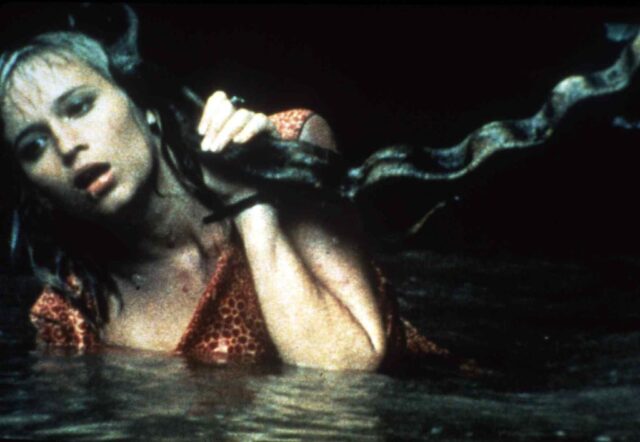
It seemed like Juliane Koepcke’s troubles were never going to end, but she knew enough Spanish to explain to the men what had happened. They provided her with first aid and a seven-hour boat trip to the nearest village, from where Juliane was transferred via plane to the hospital in Pucallpa. There, she was reunited with her father and began recovering from the wounds and trauma she’d experienced.
The news about the sole survivor who’d marched across the jungle spread quickly and journalists rushed to grab the exclusive. While still hospitalized, the teenager was pestered by reporters, some of whom even went so far as to dress as medical staff in order to gain clearance.
Juliane Koepcke went on to earn her Ph.D
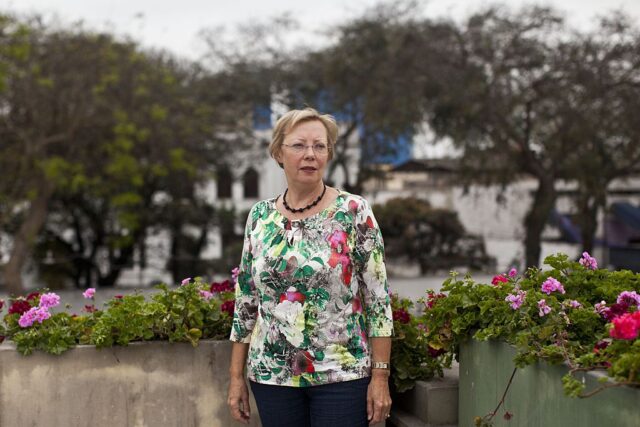
Juliane Koepcke became more and more reclusive. Once able, she assisted in locating the crash site and recovering the bodies of those passengers who hadn’t been as lucky as her on that day. She subsequently returned to Germany, where she completed her physical recovery.
Her misfortune wasn’t something she wanted to share with others. Eventually, she continued on with her life, following both her parents’ footsteps. After studying biology in Germany and finishing her Ph.D. in mammalogy, she returned to Peru, where she conducted research on Amazon bat populations.
More from us: Tituba: The Mysterious Enslaved Woman Whose Testimony Prompted the Salem Witch Trials
It seems as though she’d recovered, but an interview with Vice decades later showed the trauma remains.
“I had nightmares for a long time, for years, and of course the grief about my mother’s death and that of the other people came back again and again,” she said. “The thought-why was I the only survivor?-haunts me. It always will.”
